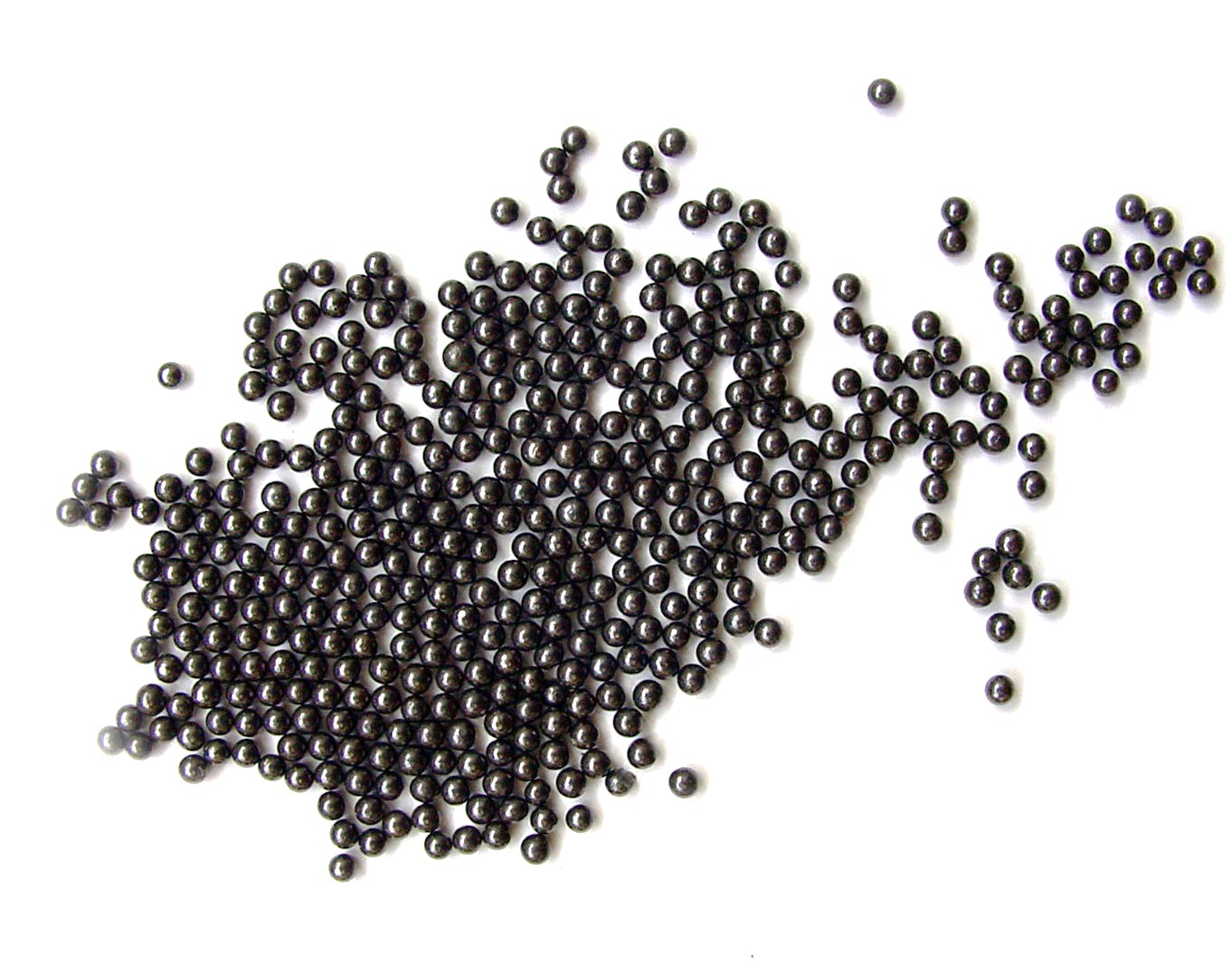

Lead exposure is a risk to any human, but children are most vulnerable to the element’s neurotoxicity, which can lead to developmental delays, learning difficulties and mood changes among other symptoms. There has been some progress in reducing exposure and preventing neurotoxicity, but hundreds of thousands of American children are still affected.
A new study by Thomas Jefferson University neuroscientist Jay Schneider, PhD, suggests that the toxic effects of lead can be mitigated by attentive maternal care and an enriched environment in an animal model.
Dr. Schneider had previously shown that rats living in an enriched environment – larger cages with toys and climbing structures – experienced fewer negative effects on cognitive function and brain chemistry caused by lead exposure. In the new work, infant rats exposed to lead received either low- or high-quality maternal care, as measured by the amount of licking, grooming and nursing the pups received. After weaning, the rats lived in either standard laboratory cages or enriched environments. They found that high quality maternal care, along with an enriched environment, reduced lead’s untoward effects on performance on a memory task.
Animal studies like this are important as they demonstrate that the neurotoxic effects from early life lead exposure can be modified under appropriately enriched conditions — that the effects may be persistent but are not necessarily permanent. “It provides hope for families with lead-poisoned children,” Dr. Schneider says, “and particularly for families of lower socioeconomic status, where a child’s environment may also be less enriching.”
Primary prevention to avoid exposure in the first place is the best strategy, but until that is achieved, it’s crucial to understand that behavioral and environmental interventions might have positive impacts. “Lead poisoning has an enormous societal cost,” Dr. Schneider says. “My hope is that this study and others like it will be a call to action.”
– Jill Adams

